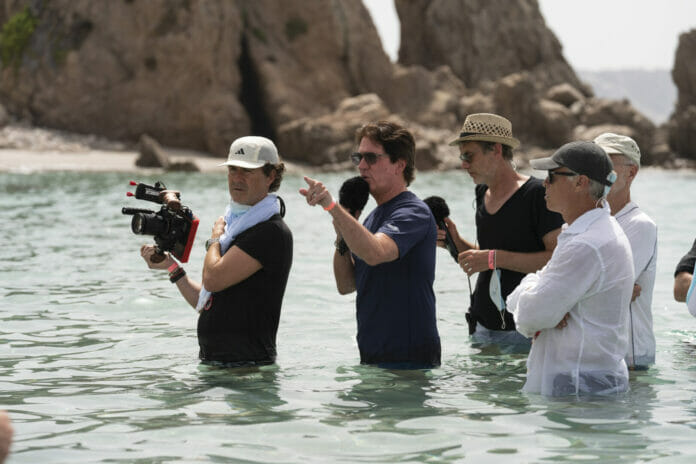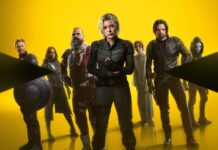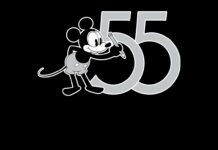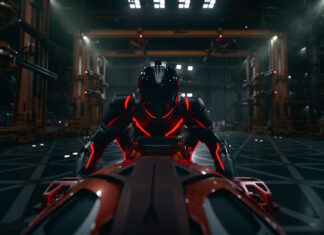This post contains affiliate links and our team will be compensated if you make a purchase after clicking on the links.
Early pre-production on “The Little Mermaid” began in Los Angeles in 2019. During this time, storyboard artists worked closely with Marshall, producer John DeLuca and production designer John Myhre on visuals for the designs of the CG animated characters and the look of the sets. Because a significant portion of the film, specifically everything that takes place underwater, would be created digitally by visual effects supervisor Tim Burke in post-production, it was crucial that these shots were worked out in advance.
Executive producer Jeffrey Silver explains, “We started by doing pre-vis animation that calculated and designed and created the entire way that the scenes would play out, and then we looked at every shot to decide how it could best be accomplished.”
From day one, Marshall stressed the importance of the reality of the land and the fantasy of the sea. He wanted to ensure everything on land was rooted in deep reality and looked as realistic and authentic as possible so as to best show the contrast between the two worlds.
In the second part of the press conference, we had the opportunity to hear from the filmmakers and how they put this production together. In attendance were Alan Menken (composer), John DeLuca (Producer), and Rob Marshall (Director/Producer).
Q: During the World Premiere in Hollywood, the audience was losing their minds throughout this film. Like, cheering after every musical number. How are you feeling about that?
Rob Marshall: “Well, it was a dream premiere. I mean, there’s nothing like that. I mean, when you imagine what it will be on a massive screen like that in the Dolby Theater with this gorgeous audience that was just there to actually enjoy every moment of it, and it was a dream come true for all of us. I mean, it was very emotional. It’s taken us four and a half years to create this film. So to have it play like that with, you know, our entire cast was there, which we brought up on stage, which was incredible. They were on stage as well. It was just, I don’t know, it was one of the great moments in our lives.”
John DeLuca: “And I was amazed at how much they listened. ‘Cause, you know, sometimes it premieres, they just go wild and it’s just like, whooping, you know, excited. But I heard it differently last night. And I’ve seen it quite a number of times. I heard every line and every breath. They were really with it. They were really wanting to go on the journey.”
Q: John, didn’t you say that Under the Sea was the most complex thing to shoot in the film?
DeLuca: “Yes. And to conceive and shoot. And just, to have an idea of what we’re gonna do, and then how we were gonna do it. The logistics of that. I remember Rob and I kind of put it aside for a long time.”
Marshall: “I know, it was so daunting. Because there’s one live actor. One live actor in this massive production number.”
Q: It’s the song. And on this one, ’cause Ariel got to sing.
“Yes, that was the best. I mean, you know, we said, “Alan, we really need her to sing,” and he went into the piano and said, “How about this,” and, “How about this,” and –”
Q: Well, your music in this is iconic and legendary, so maybe that’s the intimidating part.
Alan Menken: “I try to filter everything through the music scene as much as possible because they should have somebody they’re really comfortable within the room who’s plunked out the notes for them, and giving them phrasing notes. And then when I give notes, I want to go through them also.”
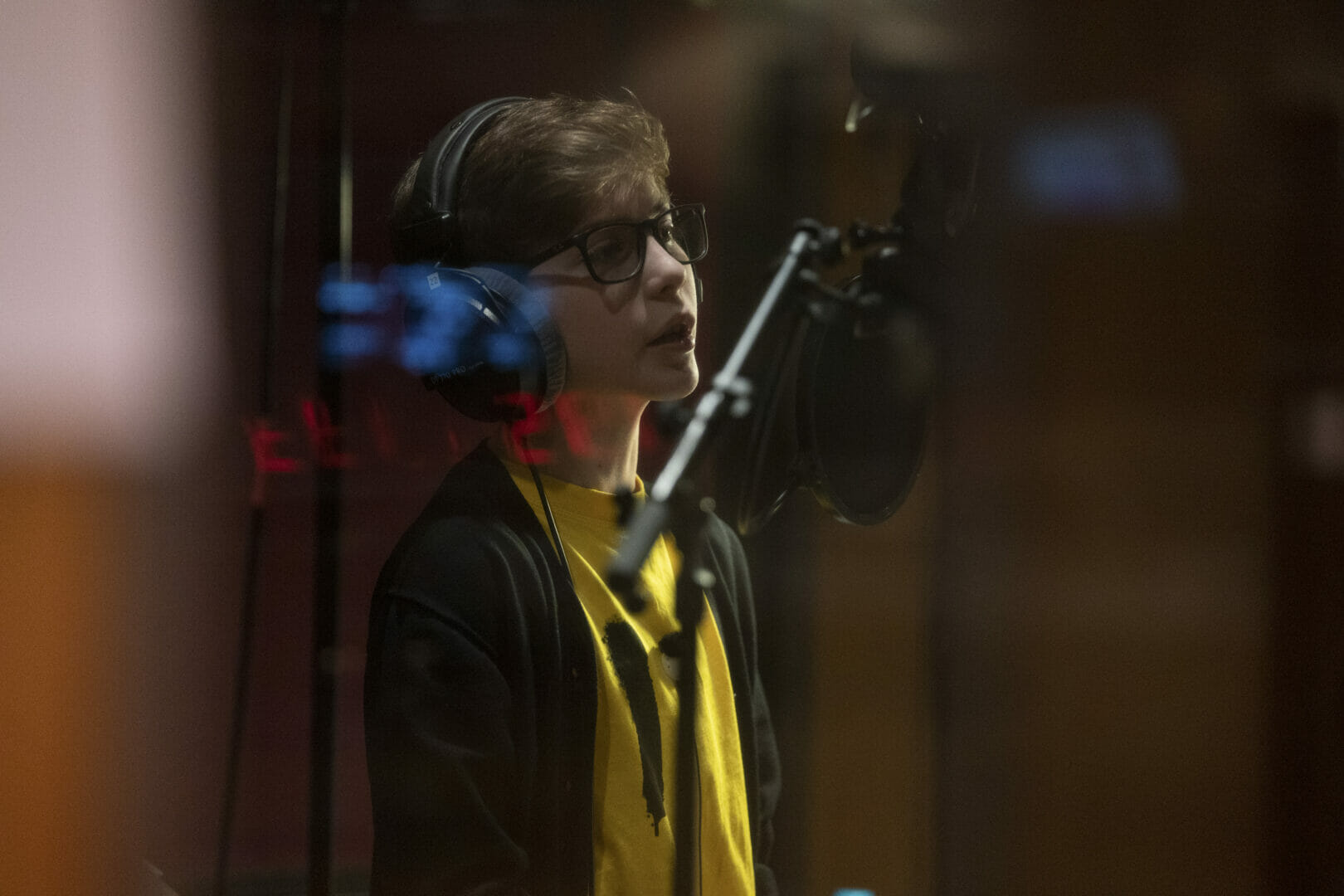
Q: Alan, so we got new music for this, which I think is fantastic. Where do you decide, like, where do these come about? How do they land in the film?
Menken: “It’s a group process. Rob and John, David Magee, Lin-Manuel Miranda, and I got together. Like first at your apartment, then at my studio. And we went through how the story’s being adapted by David, and how the structure is. And then there are the potential spots?”
“So it’s simply as simple as that. And those decisions are made, first of all, by character, by moment, but also by sequence of a score, and what’s needed at a certain moment. So we chose the moment when Prince Eric, he’s been told, “Don’t go back out there, you can’t,” and he just thinks about this girl. And it’s a love song to her, and it’s a love song to the sea. And to his uncharted waters. So his life is ahead of him. So it ends up being a really important theme throughout the movie.”
Q: That’s who you are. I don’t know if I’d call it unconventional, but they were saying the rehearsal process was so different from what they usually know in films. And I think they were saying it felt like they were making something so small, but it was so big. Like, they were doing theater work, like, stage work, it almost felt like, during the rehearsal process. Is that a signature Rob Marshall move, or is that what you knew you had to do for this film?
Marshall: “I think it’s something I always do. know, obviously, I come from the theater. the theater.”
“So there’s a process that I think you have to do. Musicals are kind of a hybrid in a funny way. Movie musicals are a hybrid of theater and film. Because you have to, you know, you can’t just walk in and start singing. You have to learn. Or the choreography. It’s like all part of it. I mean, I always feel that my job as a director is to protect the actors. Make them feel safe in a space where they can screw up and be terrible, and then get better. And not feel judged. I mean, that to me is the most important part of it. And so, it does feel small. It feels intimate. Because you’re creating. And you know what, the film is very intimate.”
“I mean, of course, it’s massive in some ways, but the scenes are, you know, in a way, it’s a small story. You know, it’s about a father and a daughter. You know, a father learning to let go, and these two kindred spirits learning to change the world and not be afraid of someone that’s different than them. And so it’s this beautiful story. And, you know, I mean, what I never want any actor to feel is sort of the pressure of the film, and pressure of the filmmaking, and the technical portions of it. Because, especially with this movie, we always talk about it, we didn’t want the technical aspects of the film to lead it.”
Working on a film with so many photo-real elements was a first for most of the department heads, but Marshall fully entrusted everyone with the building of these worlds. “Sebastian, Scuttle, and Flounder are played by CG animated characters,” explains Marshall, “but they do not look animated in the traditional animation sense. They are photoreal. These fantastic puppet masters worked with us so they could actually interact with the other actors so we could capture the video references for all their scenes.”
Ariel’s three underwater friends are also transformed for this new live-action adventure. Flounder is a tropical reef fish, based on a Timid Damselfish. Sebastian’s look was born from a Cuban Land Crab with specific gestures borrowed from a White Crab. And Scuttle is now a black and white diving bird known as a Gannet. Marshall says, “This was done specifically so that Ariel would only meet Scuttle underwater because, at the start of our story, Ariel has never dared go above the surface.”
Q: Can you talk about the experience shooting in Sardinia?
DeLuca:: “Oh, Sardinia. Italian and Italian and Italian and Sardinia. But, I mean, the first thing that comes to mind is lobster pasta. We looked at quite a number of islands. But we did scout a lot of places and ended up with this. To me, I love this small beach we found in Sardinia. And thankfully, Rob went along with it. And it just helped not only us in our imaginations and with the tale.”
It was not without its challenges though, and the finale scene called for over 100 extras, half in the water and half on land, which is always a challenge due to creative reasons and safety protocols. The extras portraying members of Merfolk families all came from the U.K. and were diverse in age, ethnicity, gender, body shape, and disabilities.
Locations in Sardinia included Cala Moresca, a fisherman’s wharf and cove on the Northeast coast, where the fishing village and the scenes around the castle dock were filmed. Rena Majore was selected as Ariel’s beach and was where the iconic scenes where she rescues Eric and emerges from the water onto her rock would be filmed. The rock itself was custom-made and transported to Sardinia and placed in the water at this location prior to the cast’s arrival. The carriage-run scenes with Ariel and Eric were filmed on the rugged coast of Rena di Matteu.

Q: “You have a gift with ballads, particularly for female characters. What is your approach to these characters and their emotions that inspires you to create these iconic songs?”
Menken: “You write for the moment. You write for the concept of how you’re telling a story. What is the tone of the story? What is the exact moment?”
“You set up the DNA. I have a palette of musical colors, like, you’re painting them. And then, you start to shape those colors. For instance, “A Part of Your World.” Okay, you could say that’s Ariel’s colors, but also, that figure was simply the water flowing. I was just started with. It’s just that sense of motion, and it all grows out of that.”
“And then, you know, part of it comes from also experience, of just doing it a lot for many years. You let go, and you just sort of pour into that shape that you’ve created. Oh, very important. You create [laugh] a mold, a shape. Where does the song start? Where does the song end? How does the character progress dramaturgically throughout the song? Are we gonna open it for dialogue? Everything that’s happening, the world we’re in, the palette we’ve decided to use, and then, you just go into that mold.”
“‘The Little Mermaid’ is very much a love story in many ways,” says director/producer Rob Marshall. “It is about finding your soulmate, finding someone who you connect with. And that’s what Ariel and Eric ultimately find in this film. Together they begin to break down the walls and barriers between two disparate worlds and strive to eliminate the unfounded prejudice that has always existed.”
Marshall adds, “The way we survived was as a team. We all knew we were working on something very special — an iconic story that has touched millions around the world. Like Ariel herself we all felt a drive to discover something new, something rare, something we had only imagined. It was that leap of faith we all took that not only brought us together but brought us this miracle of a film.”
“The Little Mermaid” arrives in theaters on May 26, 2023. Click here to purchase tickets.
Discover more from Socalthrills.com
Subscribe to get the latest posts sent to your email.


